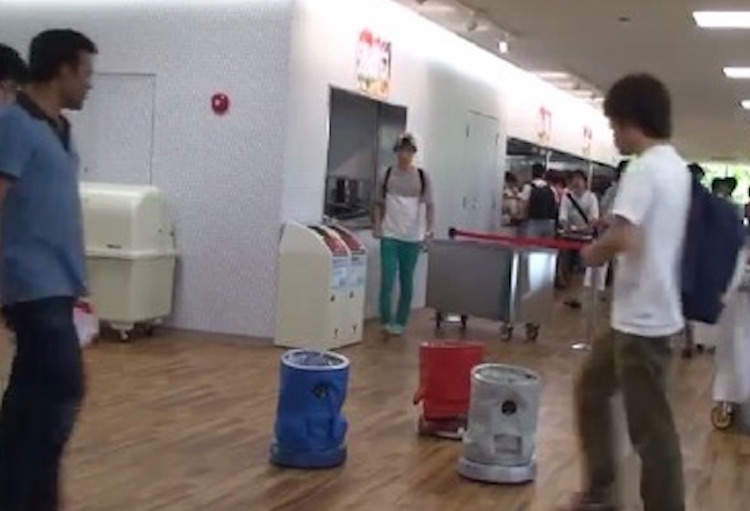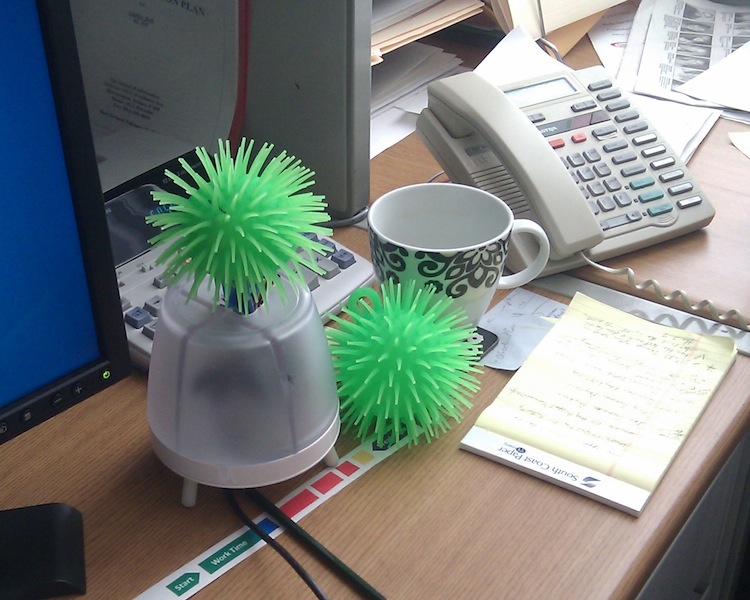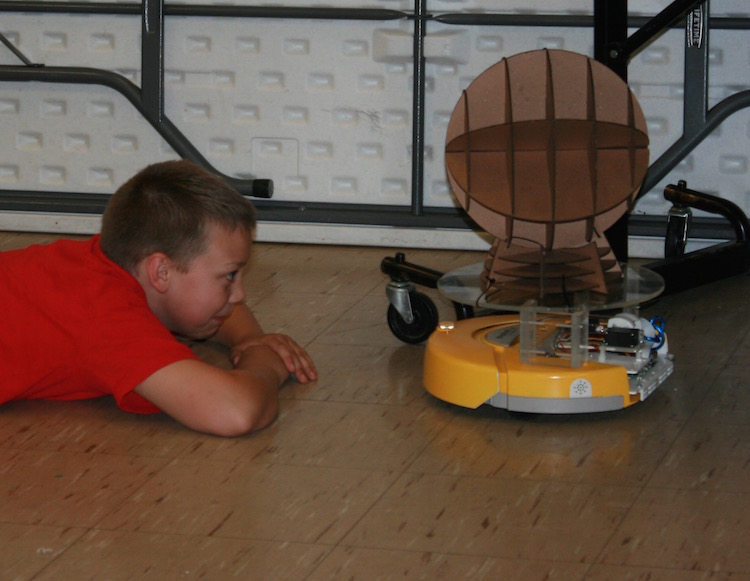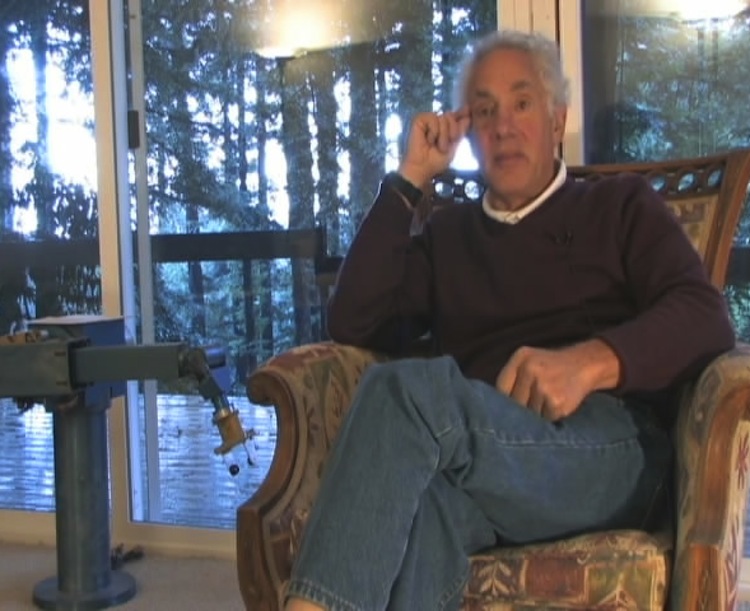Selma Šabanović
Associate Professor, School of Informatics and Computing
Indiana University
Projects

One of my continuing research interests is the cultural study of social robotics practice. Through the process of ethnographic observation and "critical participation," I have been exploring how robotic technologies embody different cultural models of behavior and cognition and how robotics researchers explicitly and implicitly construct cultural notions of sociality, technology, its social roles and consequences, and broader culture in their research practices and discourse. I am also interested in how users in different cultures conceptualize, perceive, and act towards interactive and assistive robots. I am currently involved in a series of culturally comparative studies of user attitudes towards and adoption of socially assistive robots in the US and Japan which use the robot PARO and robot prototypes developed in our lab. This work was funded by an NSF EAGER grant (IIS-1143712) and performed in collaboration with Dr. Takanori Shibata from AIST Tsukuba.
As director of the R House Living Lab R-House Living Lab for research on everyday human-robot interaction, I have been workign on a series of projects involving the design and evaluation of robots for use in everyday contexts. Through this research I aim to develop a critical understanding of how people interpret and adopt robots in their daily lives and the consequences of such technologies on everyday practices of various users. Lab activities include prototyping of interactive and assistive human-robot interaction systems, user evaluations of interactive robots, and field trials with robot prototypes. Topics we have covered include participatory design with users, group interactions between people and robots, privacy and HRI, development and user studies with a break management robot and a minimalist robotic face, and the therapeutic use of socially assistive robots in a local retirement community.
Methodologically, I am developing approaches to the culturally reflective design of interactive robots. This approach involves the design of robotic prototypes and their evaluations in the field, in their potential contexts of use. One aim is not only to study user behavior and attitudes towards and sense-making about robots in their natural environment, but to include users in more active ways in the design and critique of robotic technologies. This approach also allows us to test out different ideas and assumptions about how robots are applied and interpreted by users in everyday environments at an early stage in their design. This is particularly important in new fields such as social and assistive robotics, where platform development is costly, our ideas of what robots can be are often limited to common cultural stereotypes, and the contextual factors that affect robot in use are still largely unknown. Our prototypes are often minimalist and developed with easily accessible components to encourage flexibility and reproducibility.
I am collaborating with computer science and engineering researchers from University of Alaska Fairbanks and faculty and students from IU's School of Education to develop a novel STEM curriculum that combines the development of human-centered robotics technologies, problem-based learning experiences, and the critical study of sociotechnical systems. The curriculum is centered on design problems related to the development of robots for everyday use and defined by the students themselves, and aims to prepare students to tackle the social, technical, and scientific aspects of technology design and implementation in a holistic manner that emphasizes connections across disciplines. Relating lessons to familiar topics, places, and things, along with the combination of social and technical issues fundamental to human-centered robotics, is expected to increase engagement of students from diverse background in STEM and the pluralism in robotics education and design. Along with developing grade 6-12 HCR curricula, we are also training local/rural teachers and university students. The project is funded by NSF Innovative Technology Experiences for Students and Teachers (ITEST) award #1433414.
In the Robotics History: Narratives and Networks project, funded by the IEEE Robotics and Automation Society, I work with Profs. Stasa Milojevic and Peter Asaro to collect and analyze oral histories of pioneering robotics researchers and develop an interactive online archive to make these materials available to the public. We hope that scholars, educators, and the public will use the archive to learn about and explore the development of robotics science and technology. With Dr. Milojevic, we are also developing visualizations of the collaboration and citation networks in robotics and studying these along with the interviews to understand the development of this interdisciplinary field through the years. We are also preparing a book manuscript based on our work.




